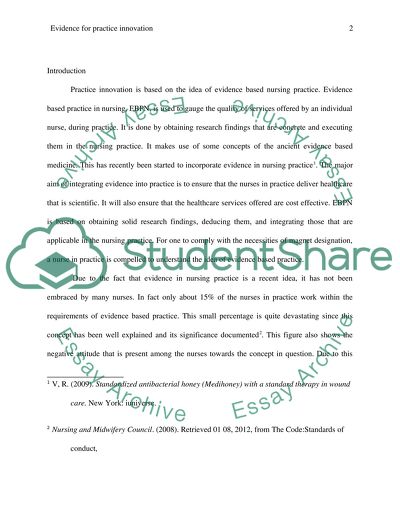Cite this document
(“Evidence for Practice Innovation. Evidence-Based Nursing Essay”, n.d.)
Retrieved from https://studentshare.org/nursing/1394410-evidence-for-practice-innovation-evidence-based-nursing
Retrieved from https://studentshare.org/nursing/1394410-evidence-for-practice-innovation-evidence-based-nursing
(Evidence for Practice Innovation. Evidence-Based Nursing Essay)
https://studentshare.org/nursing/1394410-evidence-for-practice-innovation-evidence-based-nursing.
https://studentshare.org/nursing/1394410-evidence-for-practice-innovation-evidence-based-nursing.
“Evidence for Practice Innovation. Evidence-Based Nursing Essay”, n.d. https://studentshare.org/nursing/1394410-evidence-for-practice-innovation-evidence-based-nursing.


